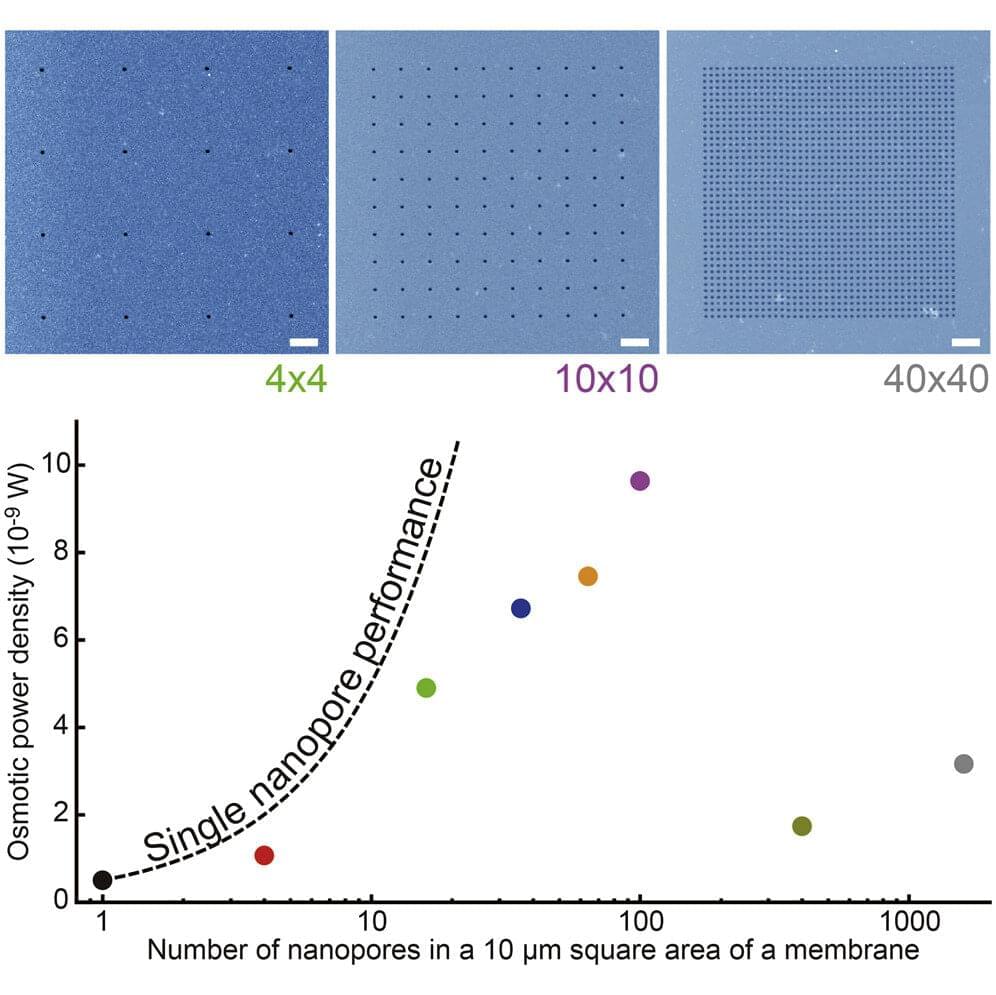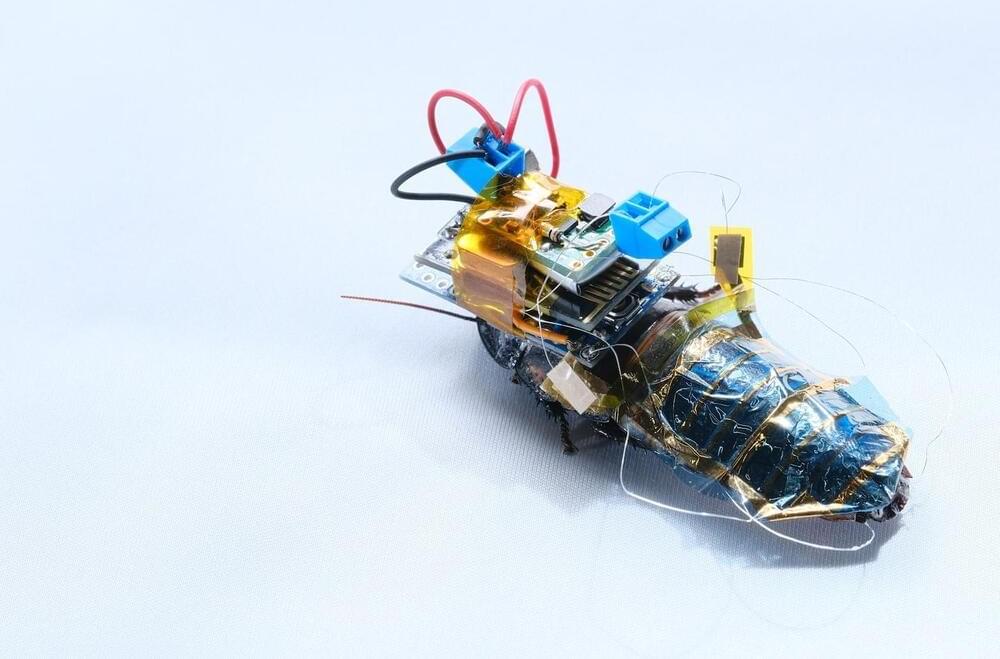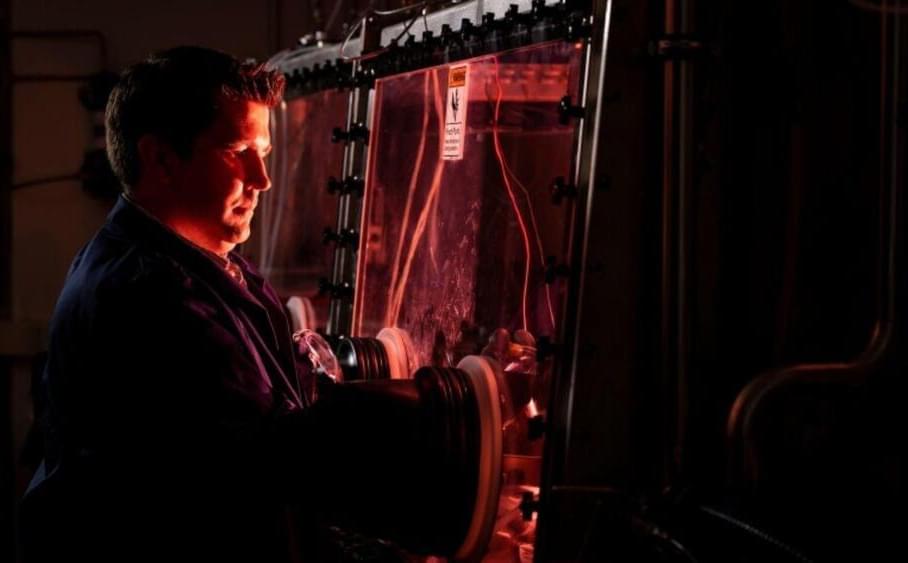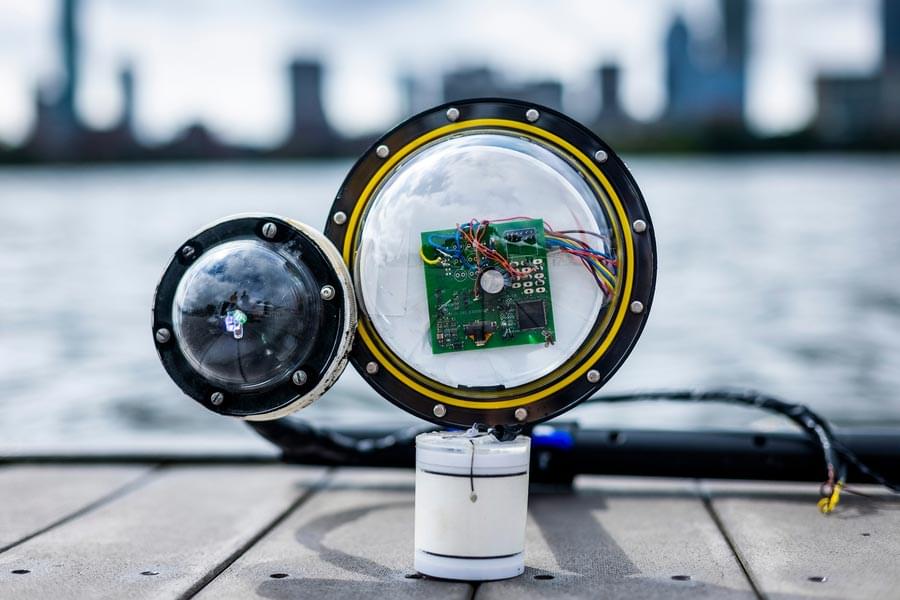Do we need a new criteria for death, that covers the technicalities around neuro preservation, issues of legal identity upon reanimation and an approach to rehabilitation? What are the misunderstandings or misinformation that surround transhumanism and endeavour to make the distinction between transhumanism and technocracy? Should we be worried about the wrong headedness of The Population Bomb, climate catastrophism and the fashionability of long termism?
Today, I speak with Max More. As some of you may already know, Max is considered to be the founder of modern transhumanism, a philosopher and futurist who writes extensively on technology and humanity. He’s also currently ambassador and President Emeritus at Alcor Life Extension Foundation, having served almost 10 years as President and CEO there, and having been its 67th member. His 1995 University of Southern California doctoral dissertation, ‘The diachronic self identity continuity and transformation’, examined several issues that concern transhumanists, including the nature of death. He is the Co-editor of Rhe Transhumanist Reader, and he’s written many articles on transhumanism and extropianism, including the 1990 essay, ‘Transhumanism: toward a futurist philosophy’, in which he introduced the term transhumanism, in its modern sense.
This episode of The Future of You covers:









